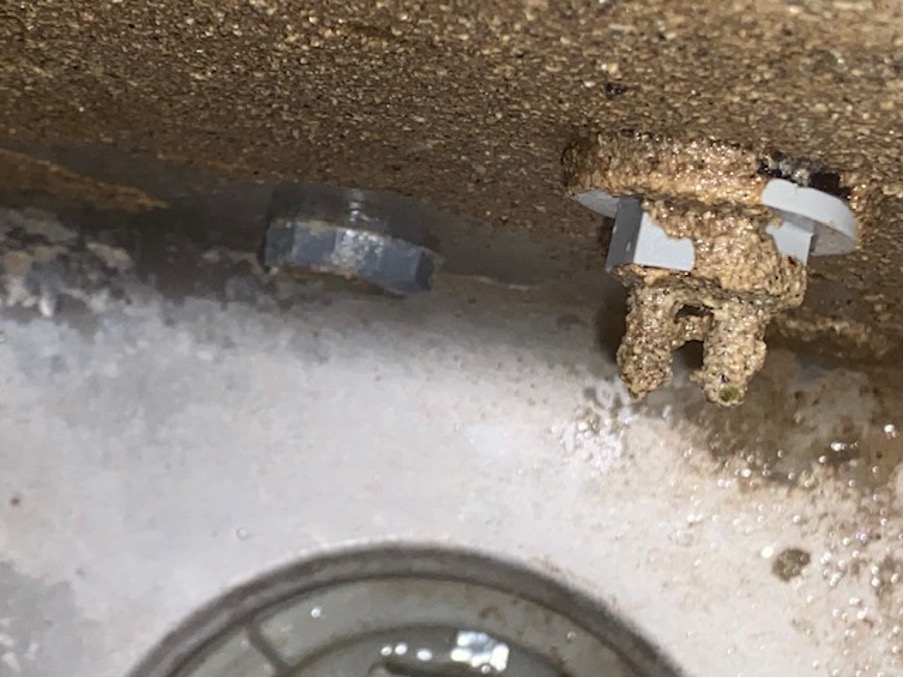More than just chemical cleaning
The importance of maintaining your ware wash system
While ware washers come in a variety of styles and options, they all operate the same basic way. Whether your dishwasher is an under-bench machine (as is used in a home), a hood-type machine washing a single rack at a time, or a multitank conveyor (as used in high volume kitchens to wash a continuous stream of dishes) the principles by which all dishwashers operate are the same. Ware (dishes, cups or flatware) is collected, sorted by type, rinsed off by hand and stacked in racks (or on conveyor belts) that go into the dishwasher.
Equipment
For ultimate performance, it is critical that all equipment within a dishwasher is monitored frequently. This ensures the machine is running optimally and anything that might be a problem is identified and rectified as soon as possible.
- Wash and rinse arms should be regularly checked as they can become plugged with food scraps or mineral deposits. This can have an impact on the mechanical action of the ware washer. Both the wash arms and rinse arms should be checked to ensure they both move freely.
- Regular checks of the jets to ensure they are not blocked or impacted by lime build up.
- If the ware washer has an external chemical dispenser, it more than likely has a probe within the wash tank. A probe is a sensor used to monitor the conductivity of the wash tank as the alkaline detergent circulates within the wash tank. The probe then relays a message to the chemical dispenser on whether it needs any additional chemicals. It is critical that the probe is kept clean and free of scale. If not, there’ll be a continuous feed of chemical as it cannot correctly sense the alkalinity in the machine.
- The heating element should also be checked for any scale build up or cracks.
- Wash and rinse temperatures must be checked to ensure that the wash temperature is meeting the Australian standard of 60°and the rinse temperature of 82°. This ensures that dishes and cutlery are sanitised.
- Drain O-rings can crack or fall off. This will create leaks, which results in excessive water and detergent use.
- Lime build up is a hard white film that appears within a ware washer. This can be a result of hard water or insufficient chemicals used within the machine. Acid Descaler will remove the build-up, which should be a routine process with every commercial ware washer.
The attached image is of a probe in a ware wash machine that was not regularly cleaned. This led to additional additional chemical usage because it was not able to sense the correct conductivity. That meant there was a continuous message sent to the chemical dispenser requiring additional detergent. This excess use of chemicals is an unnecessary cost burden for your business.

When you partner with Chempower Australia, our technicians routinely check these components as part of their regular services to ensure your machine is running optimally. This service when you purchase our manufactured products provides you with peace of mind. As Chempower’s Technical Service and Sales Representative Lino Napolitano explains, this ensures your ware wash solutions are running effectively and efficiently, allowing you to focus on running your business profitably.
If you’d like to find out more, give us a call on 1800 Chempower (that’s 1800 243 676). We have been providing world class chemical cleaning solutions to Australian industry professionals for almost 25 years.
